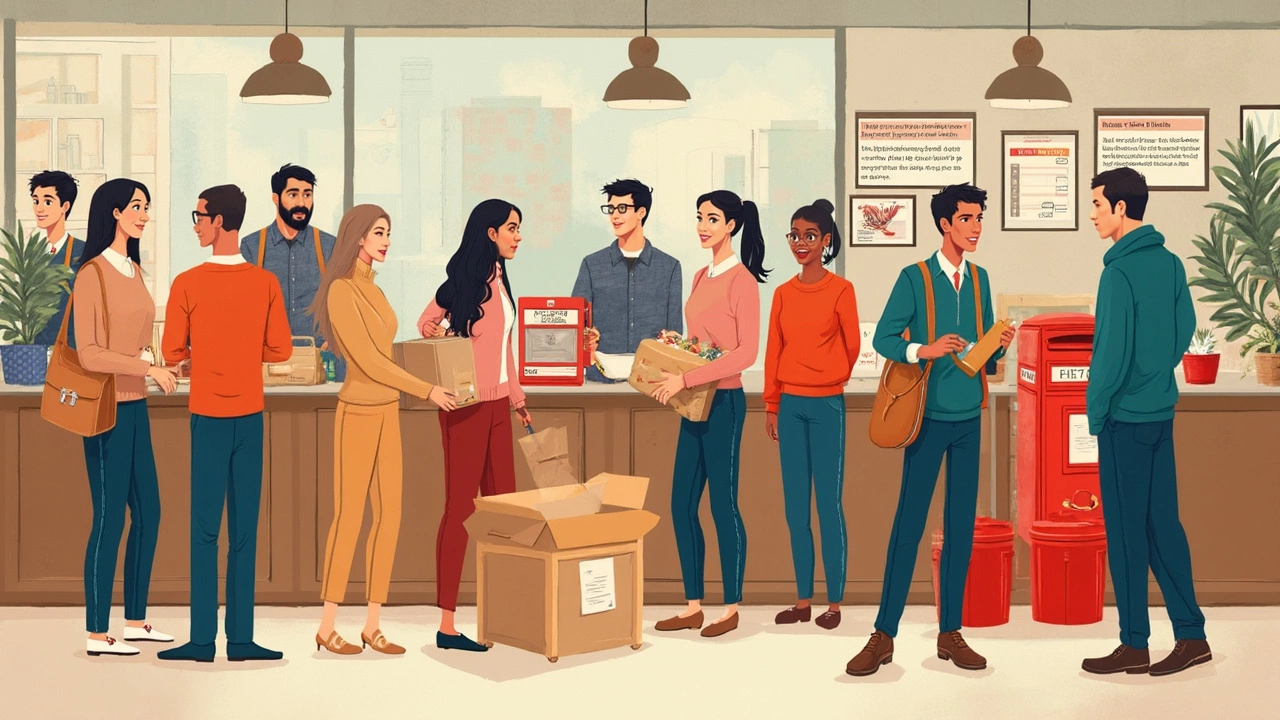Items Allowed – Your Quick Guide to Packing and Shipping What’s OK
Ever wonder if that fancy vase or your grandma’s antique clock can go in the post? Knowing what’s allowed saves time, money, and headaches. Below you’ll get the basics on common household goods, some tricky categories, and easy steps to pack them so they arrive in one piece.
Everyday Stuff That’s Usually Safe to Ship
Most everyday items pass through carriers without a problem. Think books, clothing, kitchenware (think stainless steel pans, not fragile glass), and small electronic gadgets. When you label the package correctly and choose the right box size, carriers like UPS, FedEx, DHL and even the post office treat them as standard parcels.
For kitchenware, wrap each piece in bubble wrap or paper and tape the wrap securely. A sturdy corrugated box with a double‑wall bottom protects against drops. If you’re sending multiple items, separate them with packing peanuts or crumpled paper so they don’t knock into each other.
Items That Need Special Attention or Are Prohibited
Some items trigger extra rules. Liquids over 100 ml, aerosol cans, and anything flammable (think cleaning sprays) usually can’t travel via regular parcel services. Batteries are a mixed bag: AA or AAA batteries are fine, but lithium‑ion packs for laptops or phones often need to be packed in a specific way and declared.
Art pieces, mirrors, and fragile décor fall into the “handle with care” group. Mirrors, for example, are popular topics on our blog – they’re heavy, can break, and need a thick cardboard backing plus plenty of cushioning. Use a dedicated mirror box if you have one; otherwise, reinforce a regular box with extra cardboard layers inside and out.
Large or heavy items like pallets and furniture usually require freight services. USPS won’t take pallets, but UPS and DHL have pallet shipping options with clear weight limits. Check each carrier’s size and weight rules before you book.
Finally, anything illegal, hazardous, or restricted by customs – weapons, drugs, certain foods – is a no‑go. If you’re unsure, search the carrier’s prohibited items list or contact their customer service.
When in doubt, break the item down. Split a bulky piece into smaller, safer components (like removing glass shelves from a cabinet) and ship them separately. This often reduces shipping costs and lowers the risk of damage.
Ready to ship? Here’s a quick checklist:
- Verify the item is on the allowed list for your chosen carrier.
- Wrap each item in protective material – bubble wrap, packing paper, or foam.
- Choose a box that’s at least two inches larger than the item on all sides.
- Seal the box with strong packing tape, reinforcing all seams.
- Label the package clearly and add any required carrier stickers (e.g., “Lithium Battery” notice).
- Check weight and size limits to avoid surprise fees.
Following these steps keeps your shipment on track and avoids delays at the gate. If you need more detailed advice – like how to pack a rug without crushing it or whether your new adjustable bed qualifies for Medicare delivery – our blog has deep dives on those topics too.
Bottom line: most household items are allowed, but a few categories need extra care or special services. Double‑check the rules, pack smart, and you’ll get your goodies where they need to go, hassle‑free.
Not everything can be tossed in a box and shipped by courier. This guide breaks down what you can safely and legally send, from everyday stuff to those weird things people always ask about. It also covers the trickier bits, like what's totally off-limits and why. You'll pick up practical tips for packing and learn what to expect at the courier counter. Sending packages shouldn’t be confusing—this article clears up the mystery.
Jun, 16 2025
